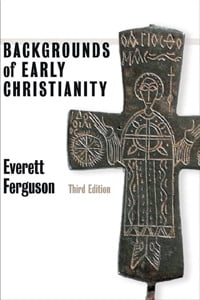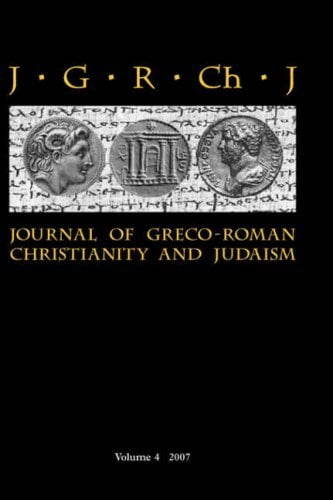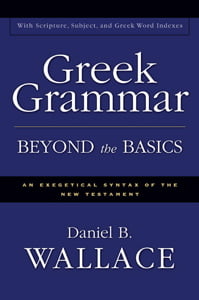Despite the imperial connection that might have been expected to promote the Latin tongue, “[e]ven after Rome became the world power in the first century BCE, Greek continued to penetrate distant lands. (This was due largely to Rome’s policy of assimilation of cultures already in place, rather than destruction and replacement.) Consequently, [when Pompey conquered Palestine in 63 BC ( Ferguson 411) and] even when Rome was in absolute control [under Augustus in 31 BC-AD 14 (cf. Ferguson 26–30)], Latin was not the lingua franca. Greek continued to be a universal language until at least the end of the first century” ( Wallace 18). Moreover, when one considers the strong Jewish presence in Palestine, it becomes clear that Hebrew and Aramaic would constitute important languages in the Palestinian milieu (cf. Poirier 55).
“Some scholars argue that (Mishnaic) Hebrew was actually the primary language of first-century Palestine [cf. Poirier 56]. Yet, Hebrew was apparently not widely used by the masses," as very few Hebrew inscriptions remain from this period ( Wallace 24; contra Poirier 59). Although Qumran, Masada, Murabba’at, and the Bar Kokhba caves demonstrate that Hebrew was widely used around first-century Palestine, the extent to which the general (Jewish) populace would have been intimate with the language is somewhat in doubt ( Wilcox 979). Moreover, although the Bar Kokhba archives contain a substantial amount of Hebrew material, that Hebrew is often heavily influenced by Aramaic, and in any case, the archives as a whole contain more material in Aramaic than in Hebrew ( Poirier 61, 63). Indeed, after the exiles returned, their Hebrew competency seems to have been greatly diminished ( Ferguson 499; contra Poirier 56–57), hence the rise of the Aramaic targum tradition ( Neh 8:5-8; McNamara 210), which provides still more persuasive evidence for Aramaic having greater currency than Hebrew in first-century Palestine. Similarly, Hellenistic and Diaspora Jews (cf. Jobes and Silva 20) adopted the LXX/OG tradition, pragmatically preferring this tradition to the proto-Massoretic text.
The targum tradition’s growth over subsequent centuries indicates a continued demand for such material, which was eventually set down in writing ( Ferguson 500). Consequently, one may conclude that, while some first-century Jews (e.g., Jesus in Luke 4:16–19) certainly had a command of biblical Hebrew, large segments of the population were probably only nominally familiar with the language ( Ferguson 580; cf. Wallace 24). Additionally, we should note that first-century Hebrew was in a transitional period between its biblical and Mishnaic forms, but “it is just those features in which Mishnaic Hebrew differs from Biblical Hebrew that it tends to be akin to Aramaic” ( Wilcox 993). Thus, Hebrew and Aramaic may both have had currency in first-century Palestine, although the more popular Aramaic was shaping the less popular Hebrew.
In this post:[caption id=“attachment_2015” align=“alignleft” width=“80” caption=“Everett Ferguson”]  [/caption] [caption id=“attachment_2053” align=“alignleft” width=“80” caption=“Karen Jobes and Moisés Silva”]
[/caption] [caption id=“attachment_2053” align=“alignleft” width=“80” caption=“Karen Jobes and Moisés Silva”]  [/caption] [caption id=“attachment_2014” align=“alignleft” width=“80” caption=“Martin McNamara”]
[/caption] [caption id=“attachment_2014” align=“alignleft” width=“80” caption=“Martin McNamara”]  [/caption] [caption id=“attachment_2499” align=“alignleft” width=“80” caption=“Stanley Porter et al.”]
[/caption] [caption id=“attachment_2499” align=“alignleft” width=“80” caption=“Stanley Porter et al.”]  [/caption][caption id=“attachment_2503” align=“alignleft” width=“90” caption=“Hildegard Temporini and Wolfgang Haase”]
[/caption][caption id=“attachment_2503” align=“alignleft” width=“90” caption=“Hildegard Temporini and Wolfgang Haase”]  [/caption] [caption id=“attachment_2511” align=“alignleft” width=“80” caption=“Daniel Wallace”]
[/caption] [caption id=“attachment_2511” align=“alignleft” width=“80” caption=“Daniel Wallace”]  [/caption]
[/caption]